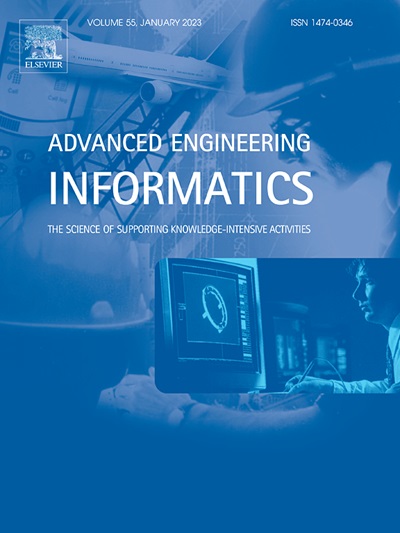Target-driven dynamic coverage planning method for marsupial cluster system
IF 8
1区 工程技术
Q1 COMPUTER SCIENCE, ARTIFICIAL INTELLIGENCE
引用次数: 0
Abstract
Using marsupial unmanned cluster systems can significantly improve underwater unexploded ordnance (UXO) clearance through strategic planning. This study examines the planning method for these systems. Current geographic information databases provide limited insights on UXO targets, and neither coverage path planning (CPP) nor multi-robot task allocation (MRTA) alone can effectively tackle UXO clearance complexities. A target-driven planning approach is proposed to enhance the system’s performance by utilizing known target information while ensuring adequate area coverage. A multi-agent decision rule is proposed, focusing on pre-planning and agent empathy to assign new targets in scenarios with limited communication effectively. These two aspects form a target-driven dynamic coverage planning method, with simulation experiments designed to compare the time required for UXO clearance across various planning methods. The most important new thing that this study adds is a new planning method tailored to the marsupial cluster system. This method increases the effectiveness of removing underwater UXO by 0.86% to 8.96% when the target known rate is above 30.3%. In addition, the simulation results indicate a direct correlation between the utilization of known information and system efficiency improvements. The article can also further support that the more information is known, the more intelligent planning methods make sense.
求助全文
约1分钟内获得全文
求助全文
来源期刊

Advanced Engineering Informatics
工程技术-工程:综合
CiteScore
12.40
自引率
18.20%
发文量
292
审稿时长
45 days
期刊介绍:
Advanced Engineering Informatics is an international Journal that solicits research papers with an emphasis on 'knowledge' and 'engineering applications'. The Journal seeks original papers that report progress in applying methods of engineering informatics. These papers should have engineering relevance and help provide a scientific base for more reliable, spontaneous, and creative engineering decision-making. Additionally, papers should demonstrate the science of supporting knowledge-intensive engineering tasks and validate the generality, power, and scalability of new methods through rigorous evaluation, preferably both qualitatively and quantitatively. Abstracting and indexing for Advanced Engineering Informatics include Science Citation Index Expanded, Scopus and INSPEC.
 求助内容:
求助内容: 应助结果提醒方式:
应助结果提醒方式:


